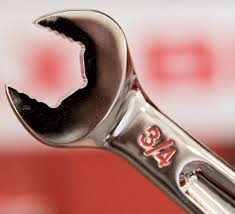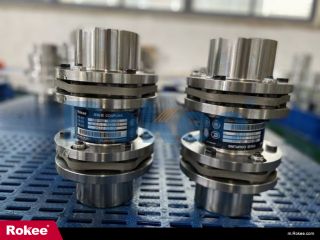How to Use a Torque Wrench

What is a Torque Wrench?
A torque wrench is a type of tightening tool designed to apply a specific amount of torque to fasteners such as nuts and bolts. They are typically used in the automotive, construction and indstrial trade. In this Toolstop guide, we’ll give you the complete rundown on torque wrenches, their uses, and which is best and why.
If you are looking for a new torque wrench, Toolstop has an extensive range.
How Does a Torque Wrench Work?
Why do I need a torque wrench and not just a spanner?
Certain fasteners, such as those on a vehicle, require a specific tightening value for safety purposes. If you don’t apply the correct amount of torque, these nuts and bolts can become loose. But if you apply too much torque, you can damage the threads. For applications where nuts and bolts need to be tight and secure, such as tire tightening, a torque wrench is the tool for the job.
The torque wrench prevents you from over tightening fasteners which can cause damage or under tightening them which would leave them loose.
Having the correct torque set is essential for improved safety and performance of equipment. Torque wrenches should not be used to loosen bolts, only to tighten.
torque wrench
Setting a Torque Wrench
Torque is a rotational force. It is measured in lb·ft (pound-foot), lb·in (pound inch), or N·m (newton meter). The torque wrench will have these different markings on each side. The most common is foot pounds (lb.ft).
Each vehicle has a different torque specification set by the manufacturer. This can be found in the vehicle’s manual.
You can change the settings on your torque wrench in order to increase or reduce the torque. To do this, simply turn the handle clockwise for more torque or anti-clockwise to decrease it. (more on this later).
To show how much torque is being applied, the tool will generally have a scale or display screen depending on the model.
Torque wrenches come in many styles and sizes with different torque ranges. The most common size is a 1/2″ square drive, but again this depends on the fastener and application.
How to Use a Torque Wrench
Step by Step
The first step you want to take in using and setting up your torque wrench is finding out the torque value. As mentioned above, this can be found in the user manual, or sometimes online. Make sure you are looking at the correct scale on your torque wrench as most give you lb·ft on one side and lb·ft or N.m on the other.
Loosen the knob at the bottom of the torque wrench. This will allow the handle to twist back and forth
If the required torque is 100 lb.ft, you want to rotate the handle until the ‘0’ meets the 100 lb.ft line
Tighten the lock nut back up once you have set your required torque to lock it in place. This step is very important
Put your socket onto the torque wrench
Place it over the lug nut
Simply grip the handle and tighten
When you hear a click, the required torque has been met
torque wrench scale
Points to remember when using and working with torque wrenches:
Once you hear the click, don’t tighten the nut any further. One extra click is all that’s needed for the fastener to be overtightened.
Don’t use your torque wrench to fully tighten the fastener. Instead, do most of the work with your ratchet and then finish off with your torque wrench to get it to the required torque.
You may need to use an extension if the socket isnt deep enough
Always handle your torque wrench with care. Store it in its supplied case when not in use. This prevents it from knocks and bumps which could affect its performance, accuracy and calibration.
When you store your torque wrench, loosen it to the lowest setting. This helps it to stay in calibration much longer as there isn’t as much force on the spring.
Calibrating a Torque Wrench
Before using a torque wrench, it is extremely important that it has been calibrated.
Torque wrenches should be calibrated regularly to ensure they keep providing accurate and reliable results. This should be done by a professional. There is no set timescale as to how often your wrench should be calibrated as it comes down to how often the tool is used, though the recommendation is once every year or every 5000 clicks.


